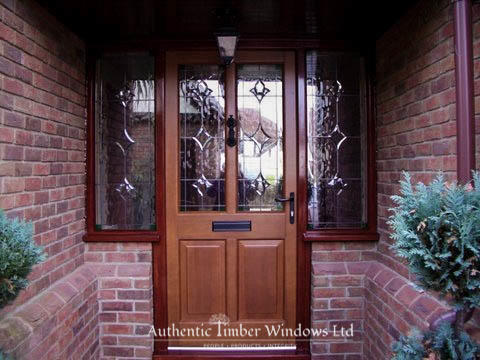There are many misconceptions that homeowners have about replacement windows that can keep them from choosing to replace their windows. The four misconceptions below touch on a few (but major) issues that are commonly brought up by people hesitant to replace their windows. By dispelling these misconceptions about replacement windows, homeowners will feel more comfortable making the decision to start a window replacement project.
1. U-value is the most important factor to determine energy efficient windows
U-value is defined as the measurement of the amount of heat transfer through the window. The lower the U-value, the less heat is transferred across the window. While it is a good measure for the window, the U-value is only one factor use to determine the energy performance of a window. Other measures like the Solar Heat Gain Coefficient (SHGC) and the visible light transmittance are also use to determine the performance of the window.
In addition, the climate you live in will also determine how important U-value is to your situation. If you live in a colder climate you will want the lowest U-value you can find. A low U-value means that the heat inside the house will stay inside. However, if you live in a warmer climate, the solar heat gain coefficient is more important because it measures how much of the sun’s radiant heat is transfer across the window. The lower the SHGC the better the window is in a warmer climate.
In a colder climate you want to try and capture as much of the sun’s radiant heat. As you can so a better SHGC number is not as important as a good U-value rating. While U-value is important when selecting a replacement window, it is not the most important factor when determining energy efficiency.
2. You must use vinyl windows if you want replacement windows
While vinyl is the most popular material use in replacement window frames today, there are other options for replacement windows. If you live in an older home you have the option of replacing your old wood windows with new, energy efficient clad/wood windows. These windows can often times installed inside the “pocket” of your old windows without having to tear into the house or disturb the existing trim. The windows have a clad exterior, usually vinyl or aluminum that protect the windows from the elements. And a wood interior to keep with the look of your existing windows.
Fiberglass is a newer material available for replacement windows. It has thermal properties similar to wood window (wood is the best insulator available) and it is stronger than vinyl or aluminum. Fiberglass is very durable and is hard to dent or scratch. The material is also paintable which gives you options other than the standard white. And tan offered by most vinyl window manufacturers.
You will pay more to have wood or fiberglass replacement windows. Vinyl is the least expensive of the three, but you also have product limitations. And quality issues with vinyl that you do not see as much in clad/wood or fiberglass replacement windows. You should always look at all of your options for replacement windows because vinyl is not the only choice.

